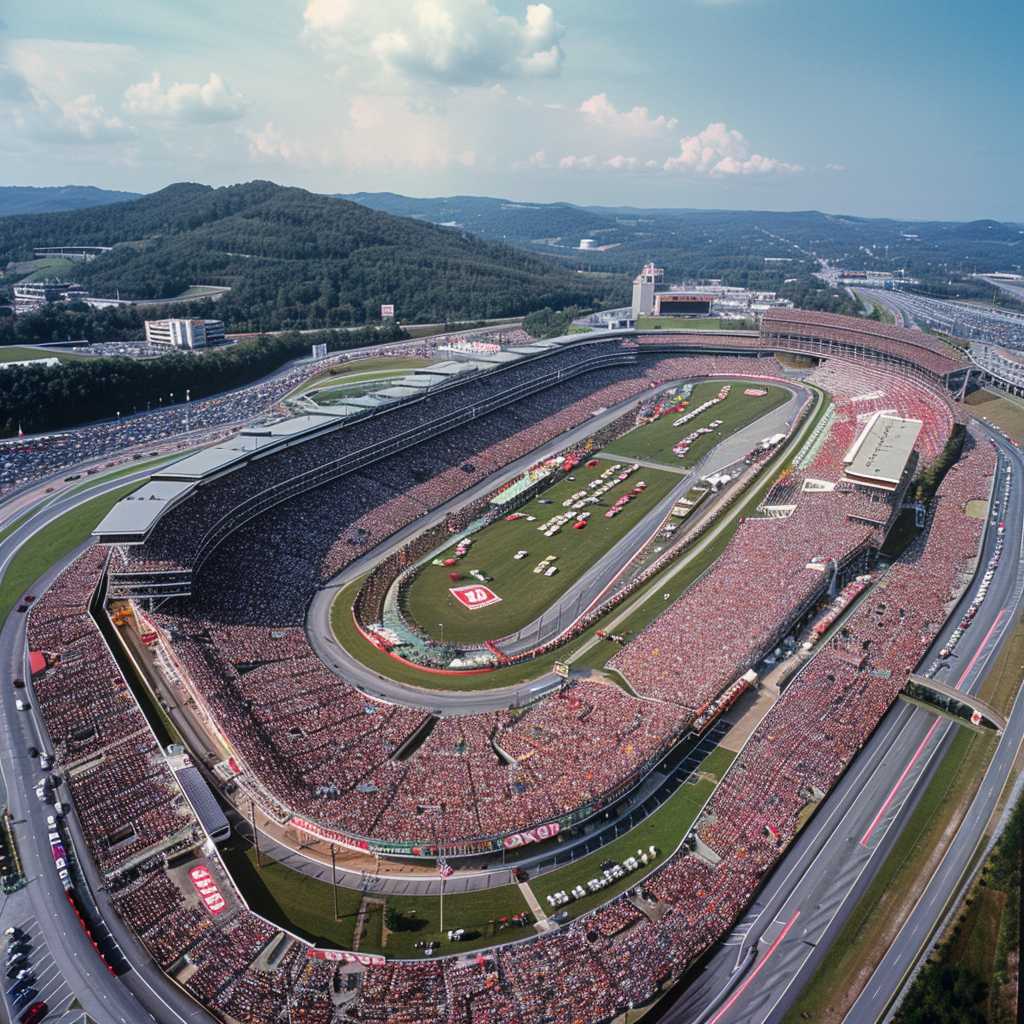A Comprehensive Overview of Bristol Motor Speedway
Bristol Motor Speedway, tucked in the hills of east Tennessee, is a venue teeming with the spirit of American motorsport. This half-mile racetrack, known colloquially as “The Last Great Colosseum,” offers a unique combination of high speeds, close-quarters racing, and an amphitheater-like atmosphere that can seat approximately 162,000 spectators. In this article, we explore the history, features, major races, and cultural impact of Bristol Motor Speedway.
History of Bristol Motor Speedway
The conception of Bristol Motor Speedway dates back to 1960 when the idea was hatched by Larry Carrier, Carl Moore, and R.G. Pope. The aim was to construct a facility that would both challenge drivers and provide an unrivaled spectator experience. The track, originally called Bristol International Raceway, was constructed in 1960 and held its first race in 1961.
Over the years, the speedway has undergone several renovations to modernize its facilities and improve safety measures for drivers and fans alike. Notably, in 1992, it was transformed from an asphalt track to a concrete one—a unique change among short tracks that effectively altered the dynamics of racing at Bristol.
Key Features of Bristol Motor Speedway
– Steep Banking:
What makes racing at Bristol distinctive and exciting is the steep banking of the track. With turns banked up to 24 degrees and straightaways at 6 to10 degrees of banking, this feature allows cars to maintain higher speeds despite the short size of the track. This configuration often leads to breathtaking side-by-side racing and occasionally spectacular multi-car collisions.
– Seating Capacity:
Few tracks will give fans a more intimate or exhilarating view than Bristol Motor Speedway with steep grandstands that rise like a stadium around the oval track. Originally seating 18,000, numerous expansions over the years means it now holds approximately 162,000 fans. This makes it one of the largest venues in professional sports by attendance capacity.
– Close Racing Conditions:
Due to its dimensions and layout, racing at Bristol is typically close-quarters combat. The half-mile oval sees cars packed tightly together for hundreds of laps, leading to dramatic passes and intense confrontations between drivers.
Major Races Held at Bristol Motor Speedway
Bristol hosts several significant races throughout the year that are pivotal events in both NASCAR staples—the NASCAR Cup Series and NASCAR Xfinity Series.
– NASCAR Cup Series:
One of the most anticipated events at Bristol is the annual night race—The Bass Pro Shops NRA Night Race—for the NASCAR Cup Series. Held in late summer, this race under the lights is one part spectacle and one part competition as drivers navigate both the darkness and each other at high speeds.
– NASCAR Xfinity Series:
The speedway also plays host to the NASCAR Xfinity Series’ Food City 300. More than just a stepping-stone for future Cup Series stars, this event is every bit as competitive with all-out dashes for victory as common as they are in their big-league counterpart.
In recent years, conversely fashionable races such as the NASCAR All-Star race have contributed to keeping spectators on their toes with new formats designed explicitly for heightened actions such as inverted starts and elimination segments.
Cultural Impact and Fan Engagement
Bristol isn’t merely a temple of speed; it’s an inherent part of American motorsports culture. The track is also known for cultivating one of the most dedicated fan bases in sports. Fans flock from across the country not just for the racing but for a full experience—camping throughout race week is a longstanding tradition and forms part of the unique social aspect that surrounds events at Bristol.
Moreover, calling itself ‘The World’s Fastest Half-Mile,’ Bristol Motor Speedway taps into regional pride—its contributions to local economies and charities are signs of its bond with communities spanning across East Tennessee.
Future Prospects and Challenges
As with any sporting venue today, Bristol Motor Speedway faces challenges related to technological advancements, changing viewer habits, and ensuring sustainable practices within operations amidst infrastructural improvements. Managing evolving safety protocols for participants also remains crucial as motor racing continuously changes gear focusing more on security measures without sacrificing the thrill ingredient intrinsic to its nature.
